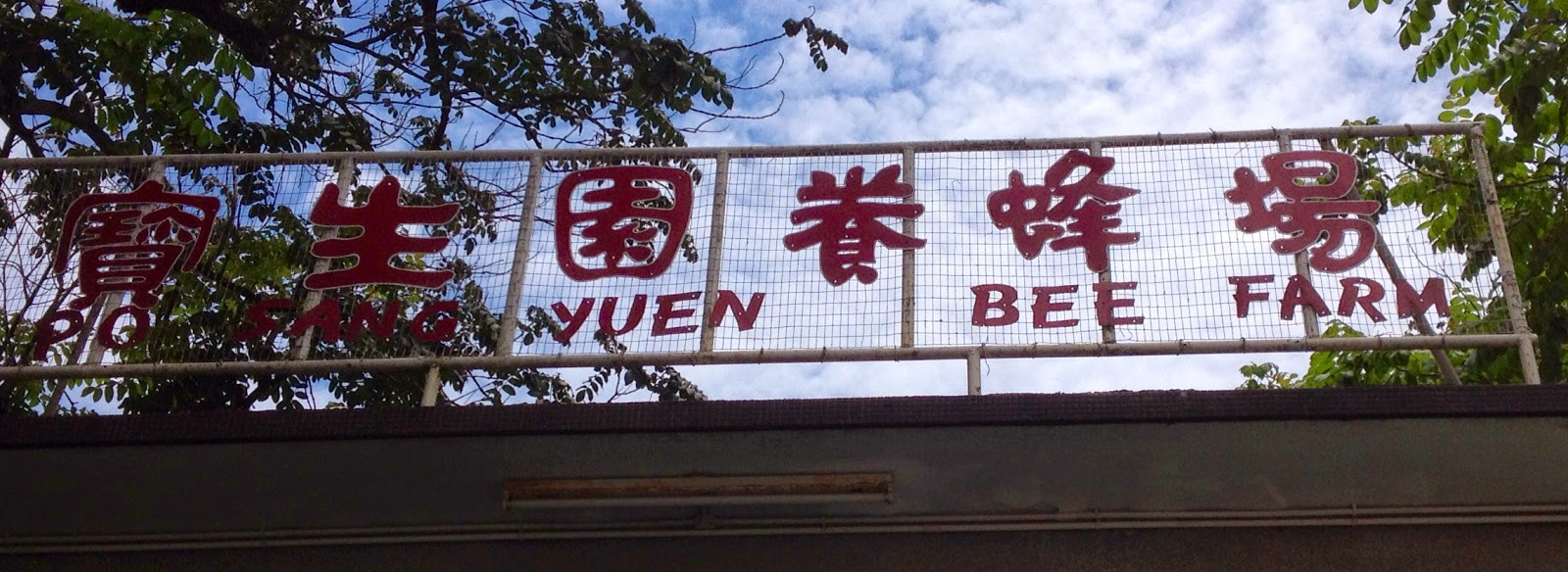 |
| The rice terraces near Ubud |
It's no secret that rice is a staple of the Asian diet. We've certainly eaten our share of it since we arrived in Hong Kong, but we hadn't thought about where it comes from or how it grows until we visited the rice terraces in Bali.
 |
| The rice terraces near Ubud |
For our anniversary, Jeff surprised me with a trip to Bali. Coincidentally, we share our anniversary date (May 6) with a Hong Kong public holiday celebrating the Birth of the Buddha, so we were able to spend a long weekend away while only missing one day at the office. Neither of us had been to Indonesia before, so I did a little advance research to help us decide where to spend our time.
A Dutch colony until after World War II, Indonesia is made up of around 17,000 islands (about 1,000 are inhabited), and its population of almost 240 million people is spread across many ethnic groups.
 |
| Our driver Gusti |
Since corruption is an unfortunate fact of life, the average citizen doesn't always see the full benefit of the country's vast natural resources, such as oil. The island of Bali sits just south of the equator on the east end of Java. Most of Bali's population of four million is Hindu, in contrast to the rest of Indonesia, which is primarily Muslim. Bali's craft industry is highly developed, specializing in textiles and wood and stone carving. The arts, along with the beaches, draw more tourism to Bali than anywhere else in Indonesia. Agriculture is the other major component of Bali's economy, serving as the main employer on the island. The climate and rich, volcanic soil are ideal for growing rice and coffee, the two main crops on the island.
I was very excited about seeing the rice terraces. Since much of the southern part of Bali is devoted to resorts and tourism, I knew we would enjoy getting out into the countryside to explore. Cars are driven on the left in Indonesia, so in deference to our sanity, as well as our marriage, we hired a driver named "Gusti" who expertly
 |
| Pura Desa in Batuan |
navigated through all conditions imaginable, from city streets teeming with motor scooters, to remote roads too small for two vehicles to pass.
The rice terraces were breathtaking, greener and lusher than we imagined. No photo could ever do them justice. Gusti explained that three crops per year can be produced, although farmers are increasingly practicing crop rotation. The water used to irrigate the fields comes from springs in the surrounding mountains. The farmers rely on gravity and a system of pipes, ditches and valves to direct it to the fields. Rice farming in Bali is almost entirely manual, and it must be exhausting to haul the harvest up to the top of the terraces for drying or sale to the wholesalers.
Gusti also took us to see a Balinese Hindu temple in the village of Batuan, which dates to 1020 A.D. The temple or "
Pura" in Balinese is the center of the community, so nearly every village has at least one.
 |
| Pura Gunung Kawi |
Gusti explained that in the Balinese Hindu faith, temples are reserved for ceremonies that worship the gods. Therefore "human ceremonies," such as weddings and funerals are conducted elsewhere. Visitors are asked to don a sarong during visits, and we gladly complied (even Jeff).
Our last stop was another temple - the
Pura Guning Kawi or Holy Springs Water Temple, featuring beautiful water gardens. Once again, we donned our sarongs and walked through the verdant grounds to view the elaborate pools, fountains and statuary.
 |
| A statue at Pura Gunung Kawi |
The pools are open to the devoted who come and wash themselves as part of their religious rituals.
Our weekend getaway was a great way to celebrate fourteen years. In the four months we've been in Hong Kong, we had started to begin to appreciate the breadth and diversity of Asia. Our time in Bali reinforced that the diversity is even greater than we imagined. Our visit to the rice terraces has given us a new appreciation for a food often overlooked. We will never again eat rice without reflecting on the beauty of the rice terraces and the hard work that goes with harvesting them.


















